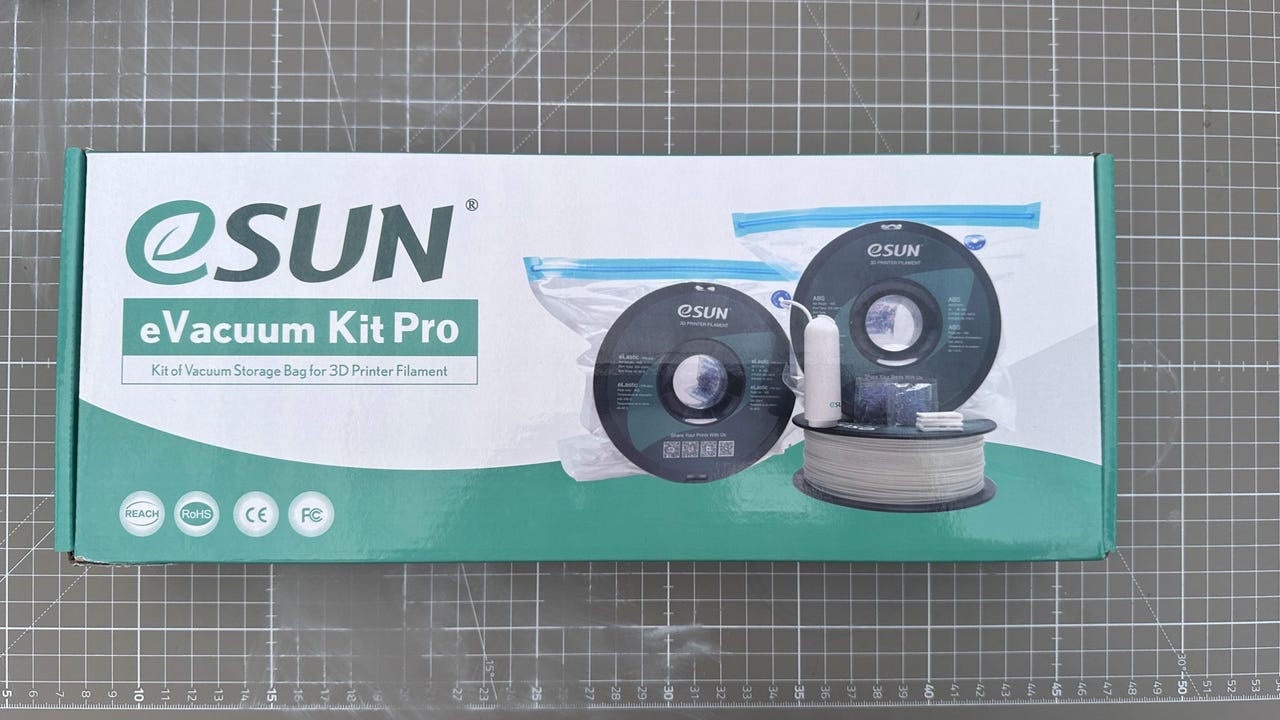'ZDNET Recommends': What exactly does it mean?
ZDNET's recommendations are based on many hours of testing, research, and comparison shopping. We gather data from the best available sources, including vendor and retailer listings as well as other relevant and independent reviews sites. And we pore over customer reviews to find out what matters to real people who already own and use the products and services we’re assessing.
When you click through from our site to a retailer and buy a product or service, we may earn affiliate commissions. This helps support our work, but does not affect what we cover or how, and it does not affect the price you pay. Neither ZDNET nor the author are compensated for these independent reviews. Indeed, we follow strict guidelines that ensure our editorial content is never influenced by advertisers.
ZDNET's editorial team writes on behalf of you, our reader. Our goal is to deliver the most accurate information and the most knowledgeable advice possible in order to help you make smarter buying decisions on tech gear and a wide array of products and services. Our editors thoroughly review and fact-check every article to ensure that our content meets the highest standards. If we have made an error or published misleading information, we will correct or clarify the article. If you see inaccuracies in our content, please report the mistake via this form.
Why every 3D printing enthusiast needs this $20 vacuum sealer (and how to use it)

Once someone gets their first 3D printer, it's not long before they start wanting to experiment with different filament colors and types.
Very soon, there are reels of filament everywhere.
Now, you might have noticed that when you buy a reel of 3D filament, it comes in a vacuum-sealed bag, and there's even a little bag of desiccant inside. The idea is that this keeps the filament dry because the filament material can absorb moisture from the air, which in turn results in poor-quality prints.
Also: Why I replaced my $40 multimeter with these smart measuring tools
If you're serious about 3D printing, you need a way to keep filament that's not being used in a low-humidity environment, too. And the easiest, most cost-effective way is by using this sealing kit from eSun.
View at AmazonWhat's in the box
- 10 x vacuum bags
- 1 x USB powered pump
- 2 x sealing clips
- 15 x desiccant bags
- 10 x spare valve stickers
Note that there is a less expensive kit that comes with a hand pump, but for the extra $3 or so, I suggest getting the USB-powered pump because it's quicker and much more convenient.
If you've ever dabbled with sous vide, then the process of bagging a reel of filament -- the bags are compatible with 0.5KG/0.75KG/1KG filament reels -- will be familiar to you.
How to vacuum seal unused filament
1. Bag the filament
First, you get a bag and put a reel inside with a desiccant pack. The desiccant pack prevents moisture from building up inside the bag, which would otherwise lessen the quality of the filament.
Also: You should save those silica gel packets included in purchases. Here's why
The filament reel goes inside the bag, along with a packet of desiccant
2. Seal the bag securely
Next, make sure the bag is tightly sealed. The eSun package includes a sealing clip to help you keep the filament well-stored.
The included sealing clip in action.
3. Power the USB and start the vacuuming!
The USB vacuum pump can be powered by a power bank or main charger.
Apply the pump to the air valve, press the button on the end of the pump, and let the air be sucked out. It takes about a minute (but looks more impressive when sped up in the image below!).
Also: How to get into 3D printing without breaking (too many) things
Suck the air out of the bag!
4. Store the bagged filament safely
Once the bag is sealed completely, store it in a cool area and away from sunlight. The last thing you'd want is a melted reel of plastic!
Filament safely bagged!
